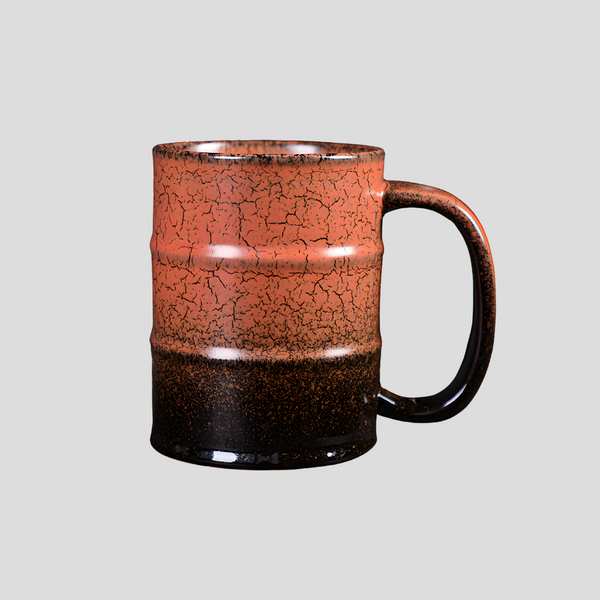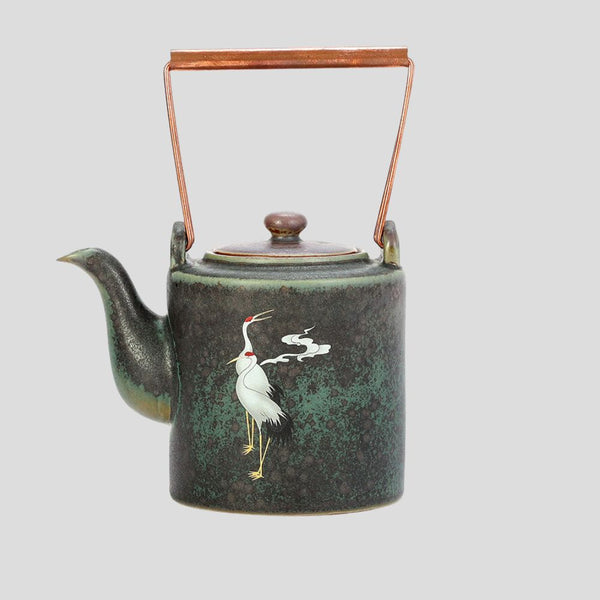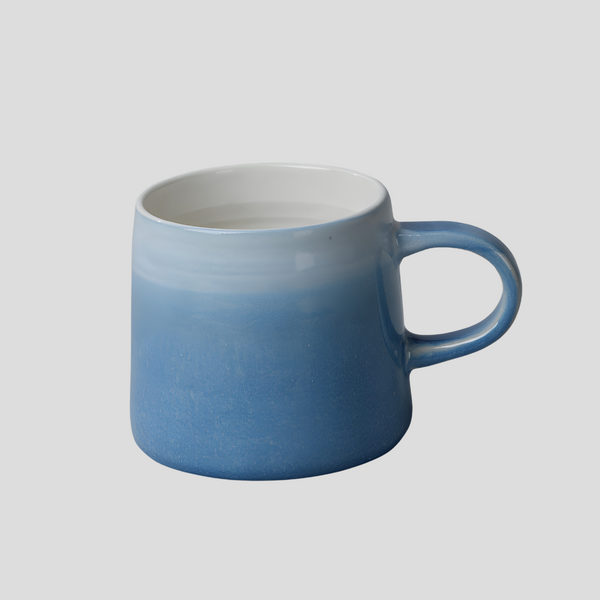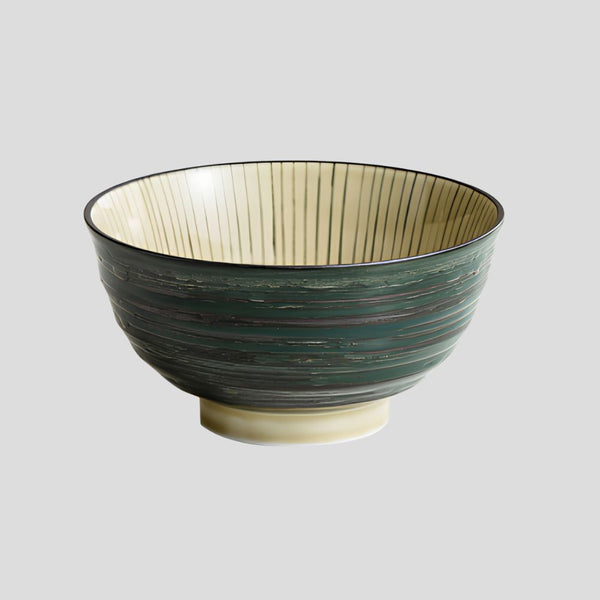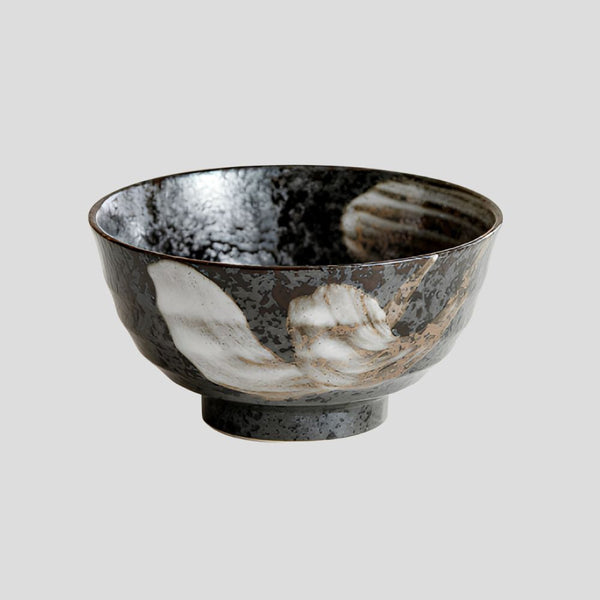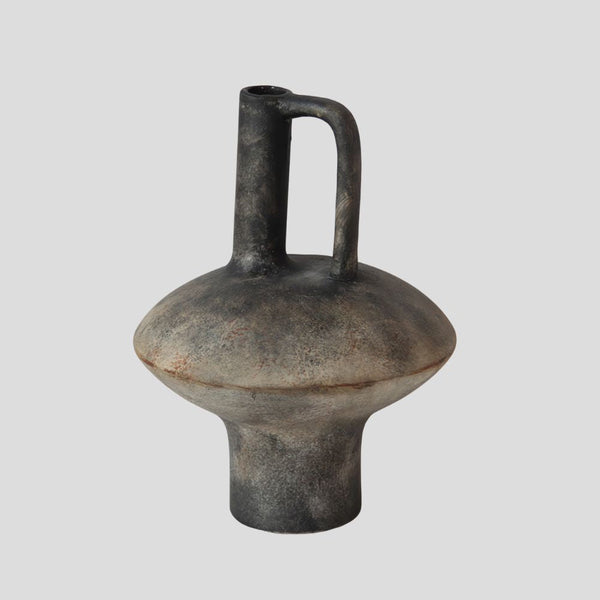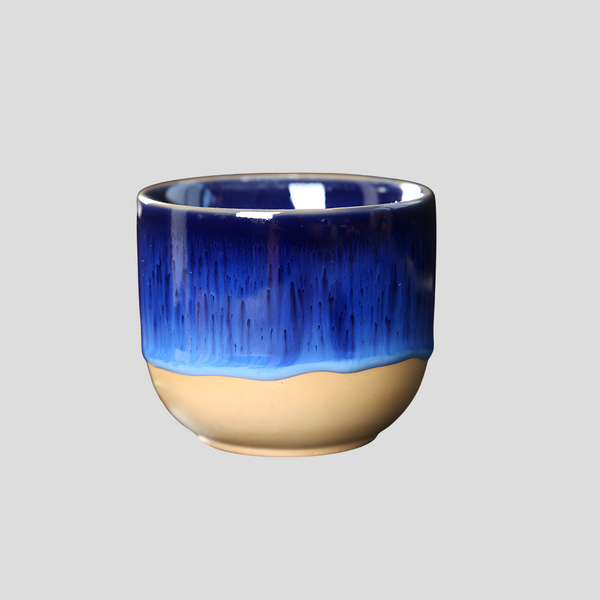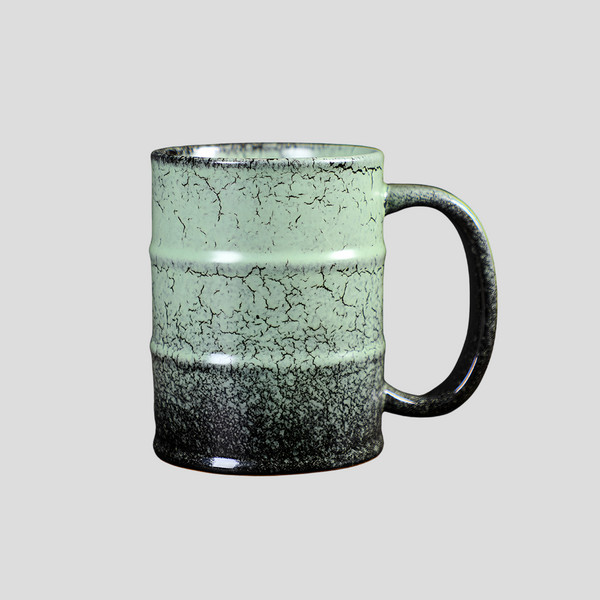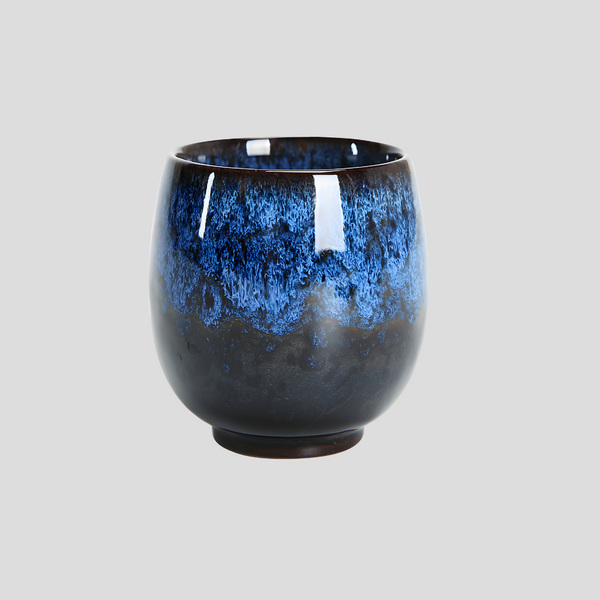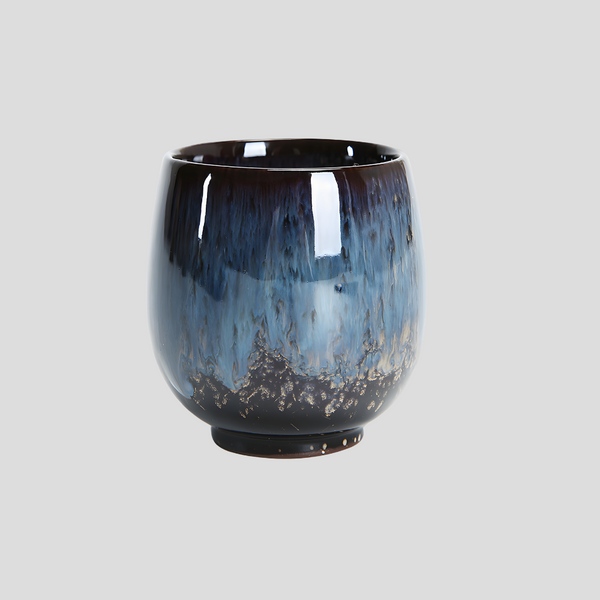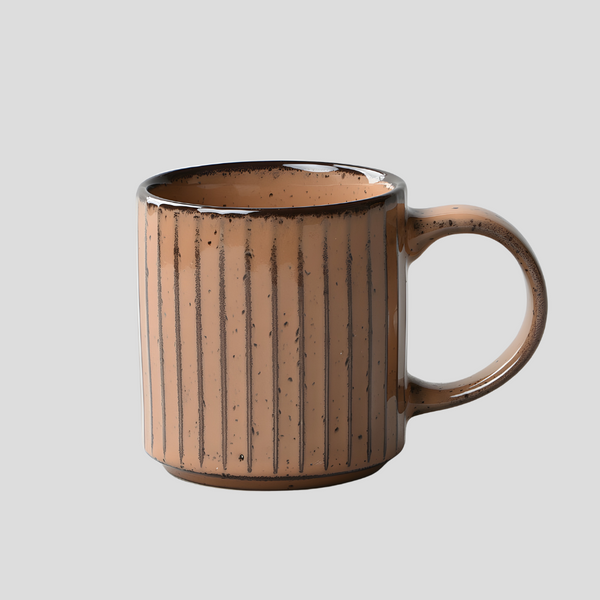
The Art of Crafting Ceramic Bowls
The Art of Crafting Ceramic Bowls
The creation of ceramic bowls is a form of art that has been practiced for thousands of years, evolving through time while retaining its essence of uniting form and function. This enduring craft requires the merging of artistic vision with meticulous technique, allowing for both practical use and aesthetic appreciation. Crafting ceramic bowls involves several phases, each demanding a unique set of skills and understanding of the materials at hand.
Choosing the Right Clay
The journey of crafting a ceramic bowl begins with selecting the appropriate clay. The choice of clay is pivotal, as it not only influences the final texture and strength of the bowl but also the ease with which it can be molded. Earthenware, stoneware, and porcelain are among the most commonly used types of clay, each offering its own distinctive qualities. Earthenware, for example, is appreciated for its rustic appearance and excellent glazing capabilities, while porcelain is prized for its purity and translucency.
Shaping the Bowl
The shaping of the bowl can be achieved through various techniques such as hand-building or throwing on a potter's wheel. Hand-building involves constructing the bowl from clay slabs or coils, making it accessible for beginners. On the other hand, throwing requires a potter's wheel to create smoother, more uniform shapes. This technique demands a higher level of skill but offers a mesmerizing experience as the clay transforms under the potter's skilled hands.
Drying and Biscuit Firing
Once the bowl has been shaped, it must be allowed to dry slowly to prevent cracking. This necessitates a controlled environment where the clay can firm up without the abrupt changes in moisture level. After drying, the bowl undergoes a process known as biscuit firing, where it is heated in a kiln at a relatively low temperature to become hard and porous. This preparatory stage makes the bowl more durable for subsequent glazing.
Glazing
The application of glaze is where creativity truly blossoms in the art of crafting ceramic bowls. Glazes can range in texture and color, offering endless possibilities for decoration and finishing. By experimenting with different glazes and techniques such as dipping, pouring, or brushing, artisans can achieve stunning, unique finishes. Once glazed, the bowl requires another round of firing, this time at a higher temperature, to vitrify the glaze and secure it onto the surface, creating a glossy and often colorful exterior.
The Final Touches
After the glazing firing, the ceramic bowl is almost complete. The final steps may involve sanding any rough spots and making sure the bowl is clean and ready for use. At this stage, the creator can finally behold the result of their effort and artistry: a functional piece of art, ready to be used, displayed, or given as a thoughtful, handmade gift.
In conclusion, the art of crafting ceramic bowls is a complex, rewarding process that combines the raw beauty of natural materials with the unique touch of the artisan. Each bowl carries within it the story of its creation, from the careful selection of clay to the final, transformative firing. It is a testament to the enduring appeal of crafting by hand, serving as a bridge between the past and the present, and between functionality and beauty.

